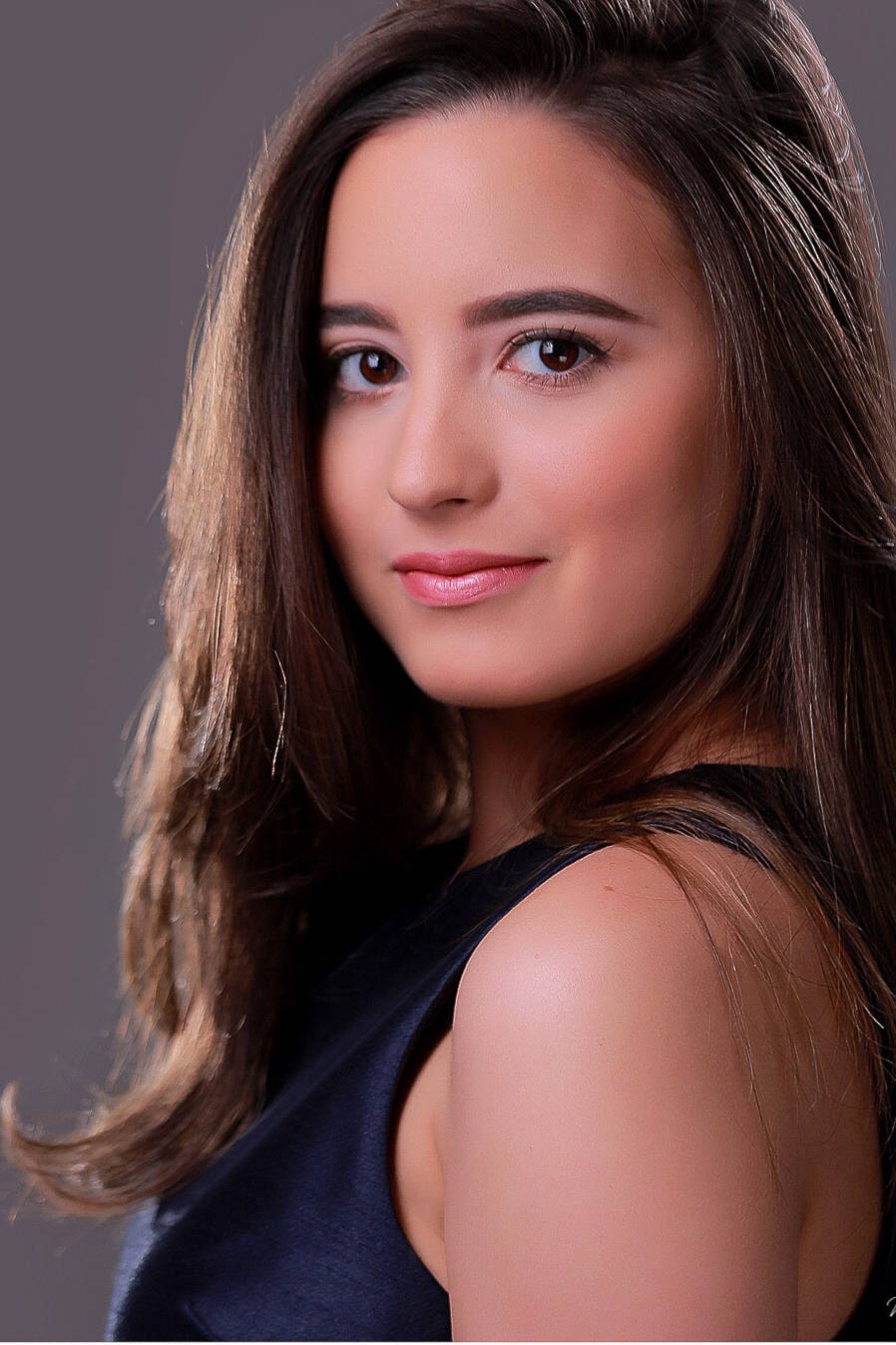Growing up in the Caribbean, I observed a society unconcerned with multiculturalism, due to the small proportions of the island and the low flow of immigrants that enter the country. Nevertheless, they say the richness of Dominican Republic is its cultural diversity since we are descendants of the “Taino” Indians, Africans, and Spanish peoples. My parents, who studied and lived abroad, have always fostered in me the concept of embracing multiculturalism, by enrolling me in a bilingual school. Respecting and valuing the richness of different cultures was one of their principal missions which was unfortunately something not commonly found in the Dominican education system, as the faculty would often deprive students of international experiences; making them think that restricted horizons, confined by one’s own cultural tradition, are the only way of being in the world.
During my eight-year ballet training I experienced multicultural interaction by having a Cuban director who taught me the Cuban ballet methodology. However, even though I encountered this small form of multicultural interaction through dance in the Dominican Republic, I never thought that my performance development would lead to my discovery of a diverse, multicultural world here in Canada. Being a performing arts student at the Canadian College of Performing Arts makes me proud of my ethnic roots and want to share them with my classmates. The environment in which I am developing and learning has an atmosphere of tolerance and respect toward the diverse cultures of Canada as well as to foreigners like me. Having a multicultural class makes me grow as an artist, letting me delve into and explore the creative potential of my culture, as well as immerse myself in distinctive cultural elements of other countries. The relationship I’ve developed with my classmate’s cultures, as well as the similarities I have identified between them and my own, are helping me create affinity with a miscellaneous audience.
Since my first day at CCPA, the faculty provided ways of learning that make students feel comfortable in their own skin, such as the usage of our first language for monologues, scenes and songs; fostering the idea of preserving our identities and appreciating the beauty and richness of other cultures such as the Latin American one. For me, multiculturalism in the arts increases the awareness of cultural values, attitudes, and beliefs. Hence it is not only a tool that defines, but also instills and implants a sense of shared heritage and identity, assisting me in understanding how others see the world through their own cultural lens.
Even though I desire to practice my artistic career here abroad, due to the abundance of opportunities there are for performers of other ethnicities outside of my country, I wish to return to the Dominican Republic with the purpose of promoting self-identity as well as encouraging unity through diversity in artistic education. I believe that a multicultural artistic education allows aspiring artists to showcase creativity and imagination, as well as carrying history into contemporary creations. As an international performer in Canada, I could not be more motivated to exhibit my artwork and my Hispanic essence. Canada’s mentality allows me this comfort by distinctively embracing ethnic diversity. I hold the idea that an artist that stays within their cultural borders limits their artistic development. An artist must have the ability to absorb the new, the different, and even the contradictory. Diversity will always make you grow and flourish, as an artist this will lead your creations be richer.
Annick Robledo Morales is a a first-year student in the Oak Bay-based Canadian College of Performing Arts and hails from the Dominican Republic.
